This is a drawing of Jupiter and its magnetosphere showing the magnetic field lines, the Io torus, and the plasmasheet (part of the plasmasphere)
Click on image for full size
JPL
Saturn's Plasmasphere
Saturn's plasmasphere is pretty big. Most of the plasma comes from the donut-shaped cloud of material from Titan and the other icy moons.
Besides ions and electrons, the plasmasphere also contains very energetic particles, which contribute to the radiation found in this environment.
Particles enter the plasmasphere from the atmosphere as well as the magnetotail. Particles leave the plasmasphere when they drop too far along the magnetic field lines at the north and south poles. When these particles collide with the atmosphere, they create the aurora.
You might also be interested in:
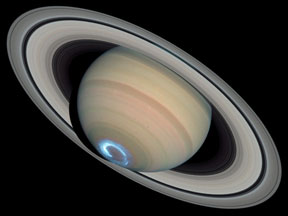
Have you ever seen the Southern or Northern Lights? Earth isn't the only planet that puts on these beautiful light shows, which are also called the "aurora". Aurora have been seen at both poles of Saturn,
...more
Saturn's plasmasphere is pretty big. Most of the plasma comes from the donut-shaped cloud of material from Titan and the other icy moons. Besides ions and electrons, the plasmasphere also contains very
...more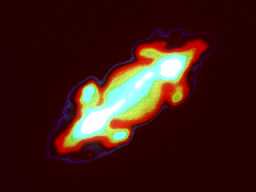
Radio signals are a sign of activity within the magnetosphere. There are two kinds of waves in the Saturn environment; Saturn Kilometric Radiation (SKR), and Saturn Electrostatic Discharges (SED). SKR
...more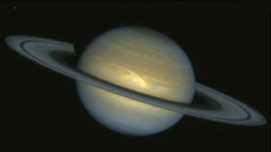
The most important motions in the atmosphere are winds. The major winds in Saturn's atmosphere are the zonal winds which are made of zones and belts. Zones are high pressure systems and belts are low pressure
...more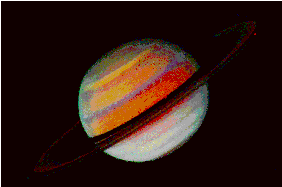
The striped cloud bands on Saturn, like Jupiter, are divided into belts and zones. In a belt, the wind flows very strongly in one direction only. In a zone, the wind flows very strongly in exactly the
...more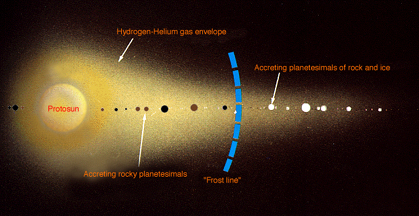
The position of the planets in the solar nebula greatly affected their 1. size and 2. composition. This is because of the effect of how cold it was in the nebula. 1. The nebula was a lot warmer close to
...more
As shown in this picture, while they were forming in the solar nebula, the nucleii of the planets-to-be (called protoplanets) drew material to themselves from the cloud of gas and dust around them. The
...more














